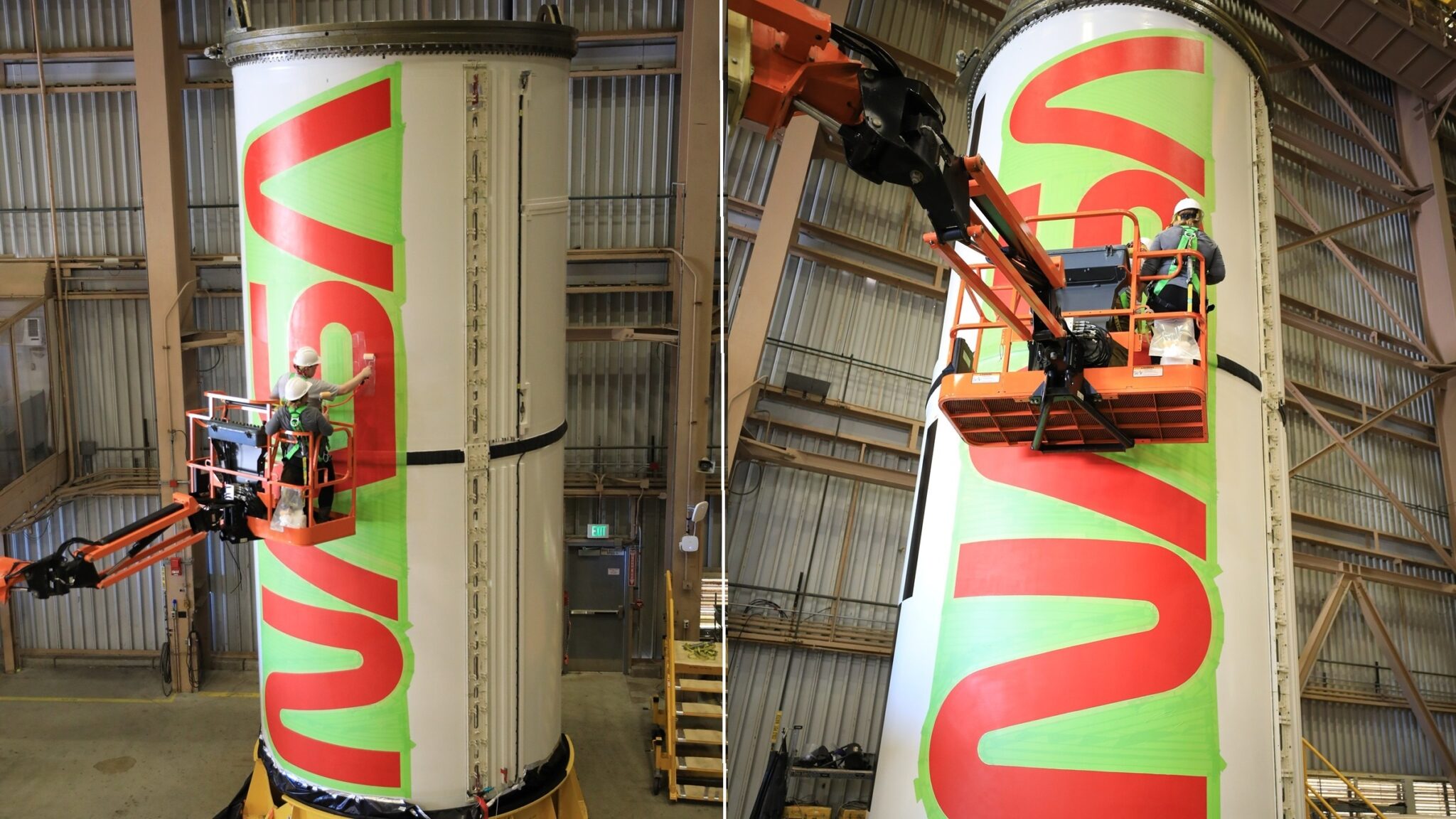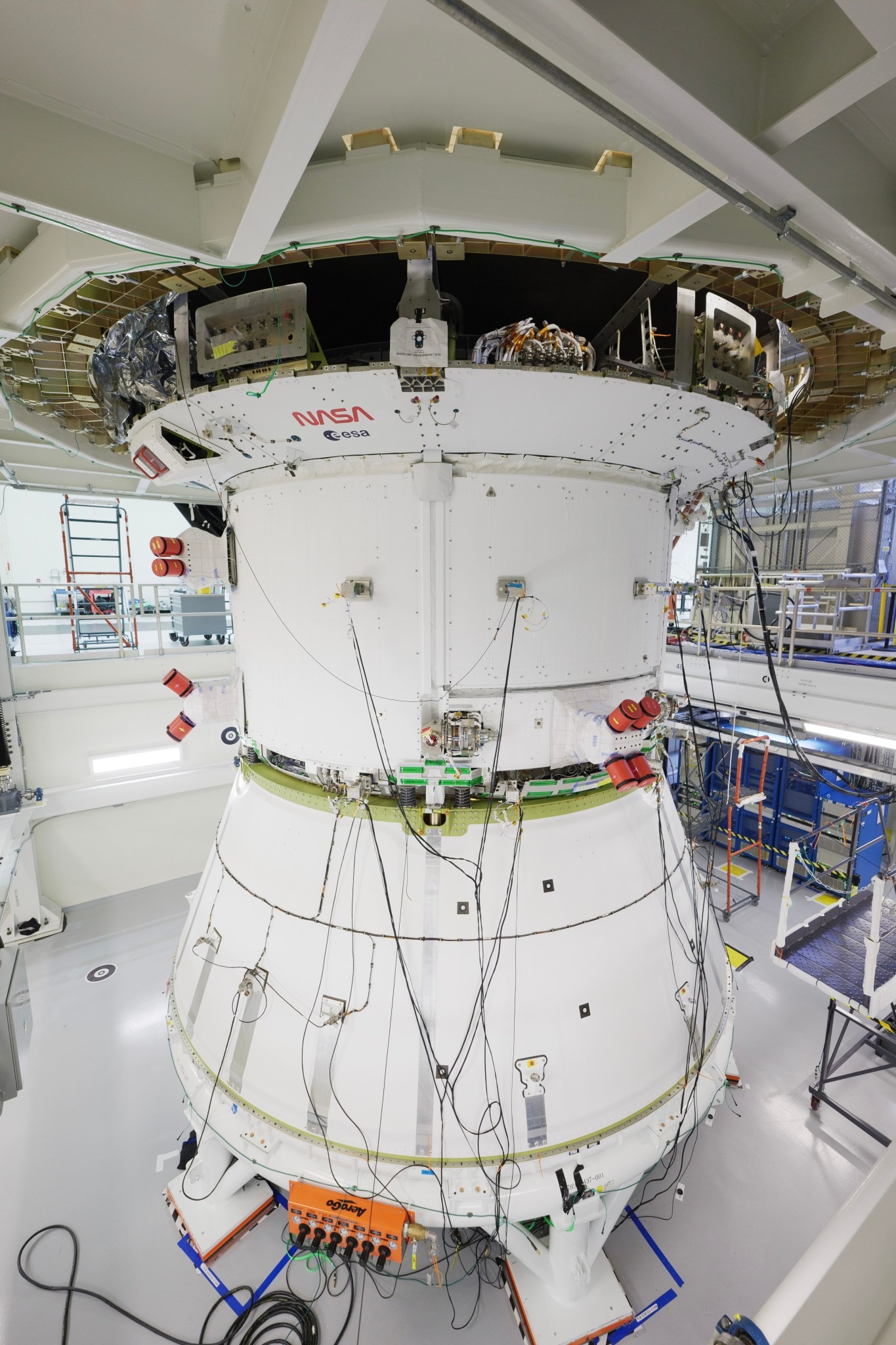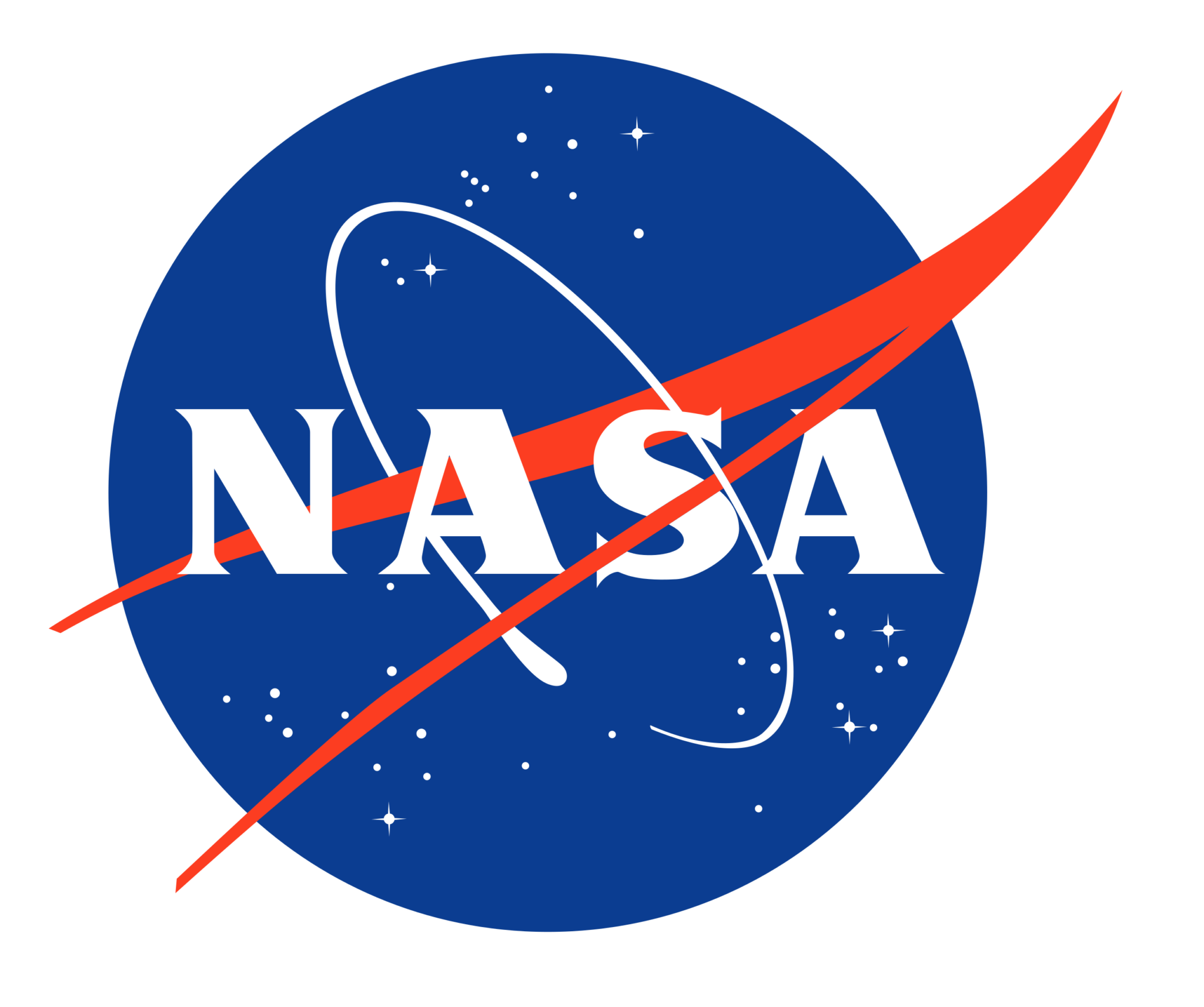NASA engineers have completed applying the last transparent layer to the Worm logo, favorite by many, on the boosters of the Artemis II SLS launch vehicle. This process marks the return of the famous bold red letters that best represent the National Aeronautics and Space Administration. The Worm logo is back, according to Space, bringing its retro charm to a future lunar mission that will send humans to the moon for the first time in more than 50 years.
The Worm logo is defined as one of the most recognizable and modern symbols of the agency. It was first introduced in 1975 by the firm Danne & Blackburn, authored by designer Richard Danne, and was used until 1992. This symbol reflects the ambitions of humanity on a planetary scale and is an important part of the history of space exploration.

The updated retro logo will fly on the boosters of the super-powered SLS rocket and the Orion spacecraft of the Artemis II mission. The work on applying the logo was carried out by specialists using a laser projector and careful layers of paint and transparent primer.

The Worm logo was born as a result of the U.S. Federal Design Improvement Program, an initiative proposed by then-President Richard Nixon and the National Endowment for the Arts. The new logo replaced the outdated Meatball, which was the first NASA logo. The fresh design at that time became decisive for space events in that era, and now it is returning, marking a new stage in the conquest of space and the return of people to the moon.


The Artemis II mission is scheduled for 2025. The initiative is designed to return people to lunar orbit. Astronauts will be able to see the Moon from a height of only 120 km at the nearest point of the lunar orbit. But already in 2026, the space agency plans that during the Artemis III mission, humanity will set foot on the surface of the moon again.
Earlier, we reported on how NASA tested the Orion capsule docking system with the Starship spacecraft.
Follow us on Twitter to get the most interesting space news in time
https://twitter.comne/ust_magazine


